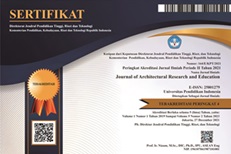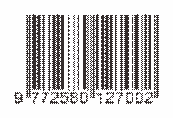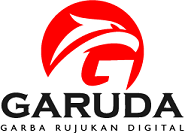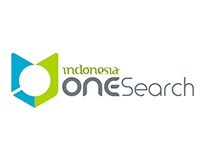ANALYSIS OF DAYLIGHTING ASPECTS ON VISUAL COMFORT OF BUILDING USERS: A CASE STUDY OF THE WEST HALL OF BANDUNG INSTITUTE OF TECHNOLOGY
Abstract
As a multi-purpose building that is often used by academics and students, the west hall of Institut Teknologi Bandung needs to pay attention to space comfort, especially visual comfort from natural lighting when doing indoor activities. Research with the West Hall of Institut Teknologi Bandung as a case study aims to analyze and find out what is good natural lighting for hall buildings and whether the West Hall of Institut Teknologi Bandung meets the standard of light requirements according to its function. The research was conducted by comparing indoor natural lighting data obtained from simulations using DIALux evo software with the indoor lighting requirements set by Standard Nasional Indonesia, as well as comparing them with relevant previous studies. From the measurements taken, it was found that the daylighting in the case study was not good enough. Openings that are covered by a roof cause the effective aperture in the opening to be much smaller than the light opening itself and prevent light from entering the room, requiring artificial lighting to support it. The final results of this research could be used as an evaluation of building performance and recommendations regarding natural lighting both to the agencies concerned and to designers and building designers so that building performance in the future can be more optimal. In addition, this research can also provide information to the public about how natural lighting can affect the comfort, health, and performance of users in a building.
Full Text:
PDFDOI: https://doi.org/10.17509/jare.v6i1.67351
Refbacks
- There are currently no refbacks.
Copyright (c) 2025 Journal of Architectural Research and Education

This work is licensed under a Creative Commons Attribution-NonCommercial-ShareAlike 4.0 International License.

This work is licensed under a Creative Commons Attribution-ShareAlike 4.0 International License.








